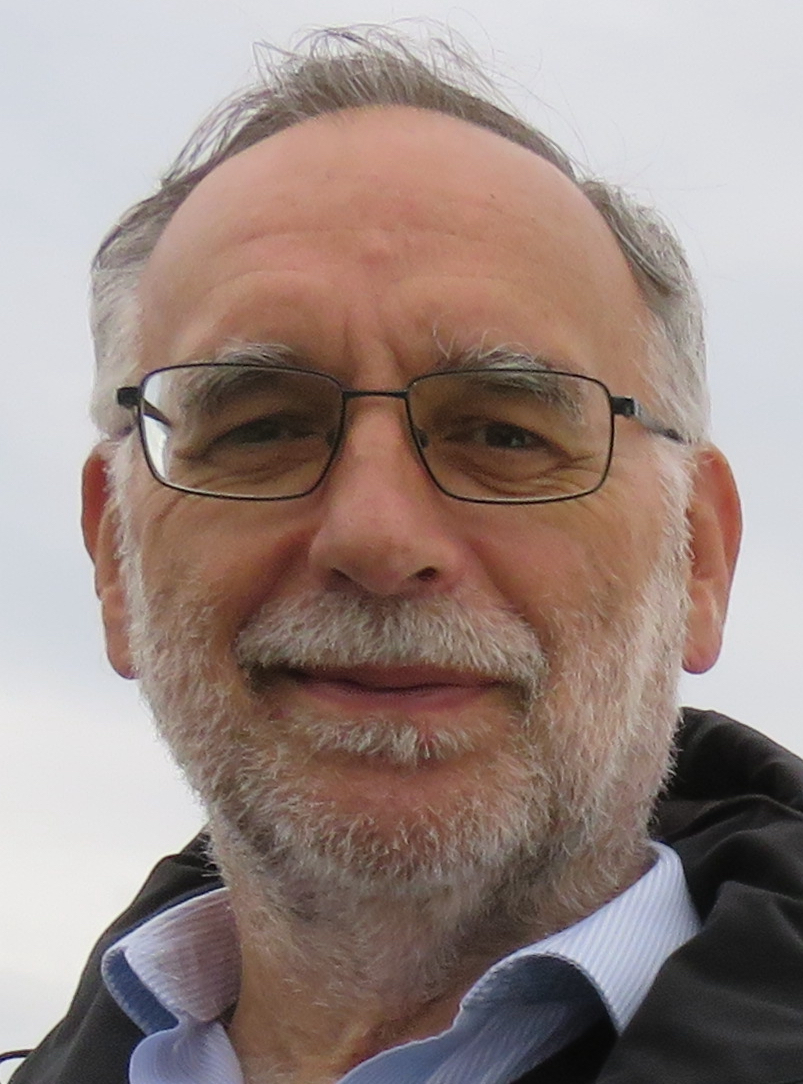Dr Anne Pisor, guest editor of the latest Philosophical Transactions B issue, tells us about the background and content of this new theme issue.

The latest issue of Philosophical Transactions B looks at the solutions people use to deal with climate change, and how understanding these solutions enables better support to be provided to communities as they respond. Guest Editor Dr Anne Pisor (Washington State University) tells us a bit more about this fascinating and important topic.
UN Secretary General António Guterres says we must “speed-up efforts to deliver climate justice” by “scaling up finance and capacities for adaptation”. But scholars say we have insufficient data on what adaptations actually works well, where, and why, complicating our ability to deliver this justice. So if we’re going to better fund climate change adaptation, where should we put the money?
What researchers and policymakers mean by “adaptations”, broadly, are things that reduce the risks to human health and livelihood posed by rapidly changing climate. Adaptations are everything from constructing roads that can withstand the heat, to having a “go” bag by your front door in case of evacuation. Humans have long been adapting to fluctuating climate. Even if climate change today is happening faster than in the past, we can still learn from what adaptations people have used successfully. Why did one solution work in one place but not another? What aspects of this adaptation made it work so well? Why did a different candidate adaptation fail?
And this last bit is important: when adaptation doesn’t work, people can lose everything. Further, what’s adaptive shifts as the environment, or social circumstances, change too. For example, as changes in agricultural production expose farmers to new risks, there are new risks to minimize using adaptation. Understanding what works, where, and why can help us better support communities as they respond.
In a new special issue of Philosophical Transactions of the Royal Society B, which I edited along with Stephen Lansing and Kate Magargal, contributors from across disciplines highlight what solutions have worked for communities, past and present, from all over the globe. Here are five takeaway messages from the special issue – on what we’ve learned thus far from the scientific study of cultural adaptation to climate change.
Lesson 1: Climate change adaptation is cultural. Have you talked to your friends about how you stayed cool during recent heat wave? If so, you were sharing candidate climate adaptations. In general, information that gets stored in our brains and shared from one brain to another, including candidate climate adaptations, is culture. Adaptations like moving, temporarily or permanently; having multiple sources of income; sharing food or money; and saving “for a rainy day” are solutions humans have often used, both in the past and present, that reduce climate risk. Cultural institutions, like fraternal organizations in the US or UK and land-ownership systems in Samoa, encode these adaptations and help get them transmitted from person to person.
Lesson 2: Culture evolves. The frequency of different cultural solutions changes over time. What is popular often reflects what works given local environmental conditions – conditions affected by climate change. Among US farmers, for example, crops that better match local water availability have increased in frequency over time, leading to a better match between crops and conditions across the US. In other words, agricultural practices are evolving over time to reflect local conditions.

Lesson 3: Constraints can stop local adaptation. Policies and practices, sometimes created by well-meaning planners – like governments, active citizens, and members of the development community, can undermine solutions that work well for communities and prevent other communities from learning about them. For example, sometimes planners are unaware of Indigenous, Local, and/or Traditional Ecological Knowledge—“a cumulative body of knowledge, practice, and belief, evolving by adaptive processes and handed down through generations by cultural transmission, about the relationship of living beings (including humans) with one another and with their environment” (Berkes et al 2000). If planners don’t know about local knowledge or take it into account, they can inadvertently displace it with introduced solutions. Even if they don’t displace local knowledge, planners can prevent it from diffusing to other communities. For example, cultural practices for tracking weather and timing crop planting could be shared widely in the Pacific if planners provide the logistical and technical support needed to foster its spread.
Lesson 4: Mitigation and adaptation are often interconnected. Adaptation and mitigation can be one and the same, and adaptations often reduce emissions as a byproduct. For example, when people stay indoors on days with poor air quality, they often emit less by not driving their vehicles.
In the US, firewood is central to Diné (Navajo) identity and provides heat for homes that often have no electricity; however, climate-related drought will decrease the extent of available woodlands. Access to coal can meet demand for household heat but is worse for emissions than firewood, creates indoor air pollution, is not consistently available, and – because it doesn’t require the same knowledge sharing – can undermine Indigenous Ecological Knowledge. Supporting access to woodlands can support adaptation – having a source of heat when energy is unpredictable – while also reducing emissions from burning coal.
Lesson 5: Not everything is adaptive. Adaptations to climate change, whether they emerge in communities or are introduced by planners, can become maladaptive, especially if environmental or social conditions change. Communities on the frontlines may continue to use maladaptions – sometimes because culturally transmitted knowledge can be slow to change, but also because they may not be able to afford something different. For example, for Inuit in Kangiqsujuaq, Canada, decreasing sea ice coverage means the hunting equipment families already have is more dangerous, but families often can’t afford new, less dangerous equipment. Without other changes, like additional sources of income, communities may not be able to innovate or try something new.
Communities who can afford to may pivot and try new things, which may get transmitted – and thus increase in frequency – or not. Planners should be prepared both for maladaptation and effective pivots that emerge locally – and, generally, be prepared to support communities in pivoting.

Taken together, these five lessons help reframe climate change adaptation for researchers and planners. We can learn with communities, from both successful and unsuccessful innovations, about what works, where, and why – which will be key to scaling up adaptation. Essential to this is knowledge sharing and funding. First, as we learn with communities, we need to support sharing of this collective knowledge, which will help all envision what adaptations might work well as climate continues to change. Second, getting funding into the hands of communities provides an opportunity for communities and planners to work together, to find a happy-medium between bottom-up innovation and top-down support that won’t stifle local knowledge.
Acknowledging that adaptation is cultural, whether it comes from planners or communities; that communities’ ideas and practices reflect local adaptations, while also recognizing that maladaptation happens; and that communities will need support as they pivot – all these pieces will be key as we face “everything change”.
Special thanks to Athena Aktipis, Helen Eaton, Will Ferguson, Matthew Kling, Steve Lansing, Kate Magargal, Anita Latai Niusulu, and Masami Tsujita for contributions to and feedback on this piece.
Visit our website to read more content from Philosophical Transactions B, or to find out how you can become a Guest Editor for the journal.
Images:
Cyclone-proof indigenous homes (bure) in Navala Village, Viti Levu, Fiji. Photo: Andreas Neef
Dr Alit Arthawiguna and a team of Balinese agricultural researchers investigate ways to reduce greenhouse gas emissions from rice paddies in Subak Bene, using traditional methods of collective irrigation management. Photo: Steve Lansing
An Inuit family travelling by freighter canoe on a foggy summer day. Photo: Elspeth Ready




